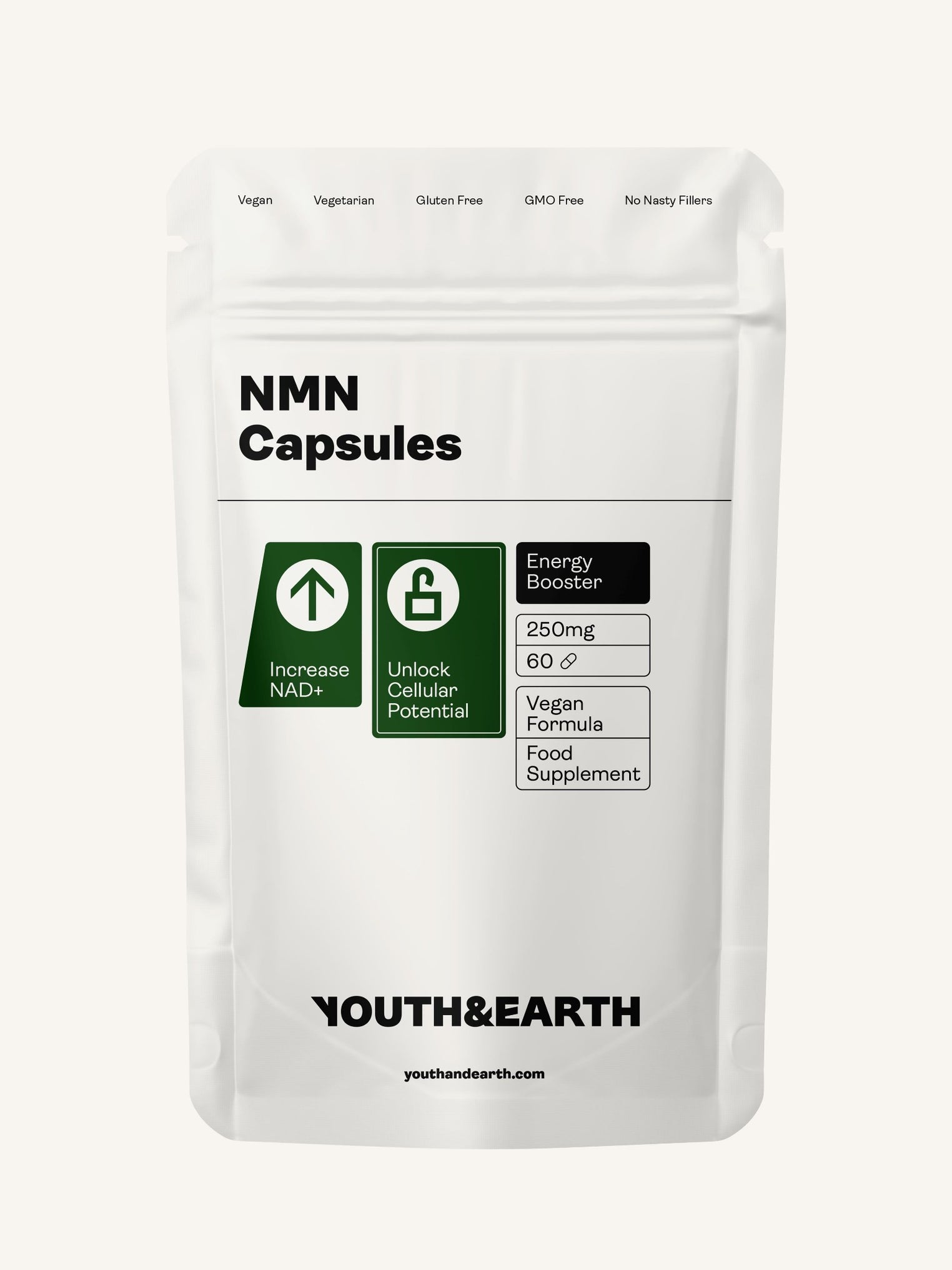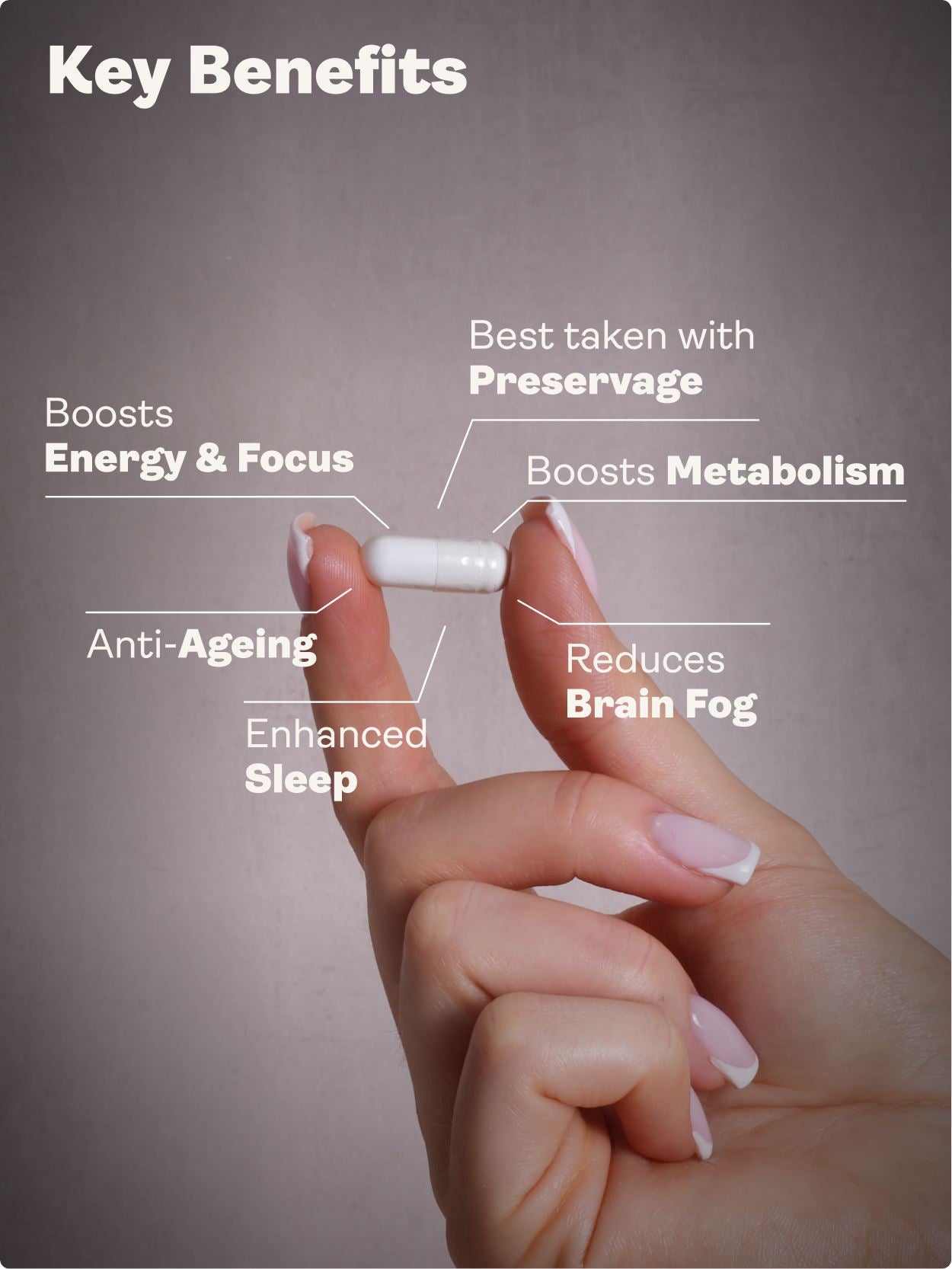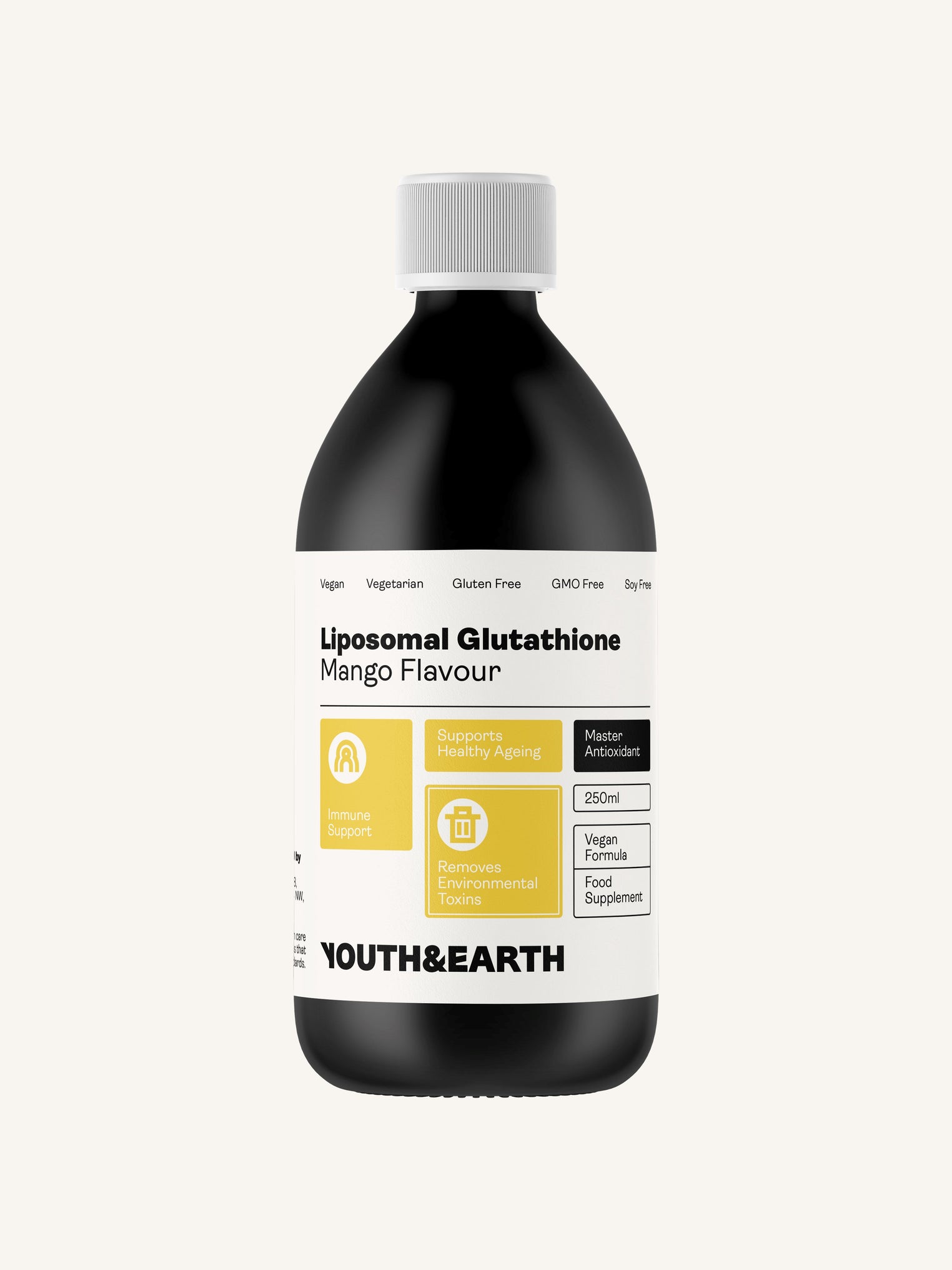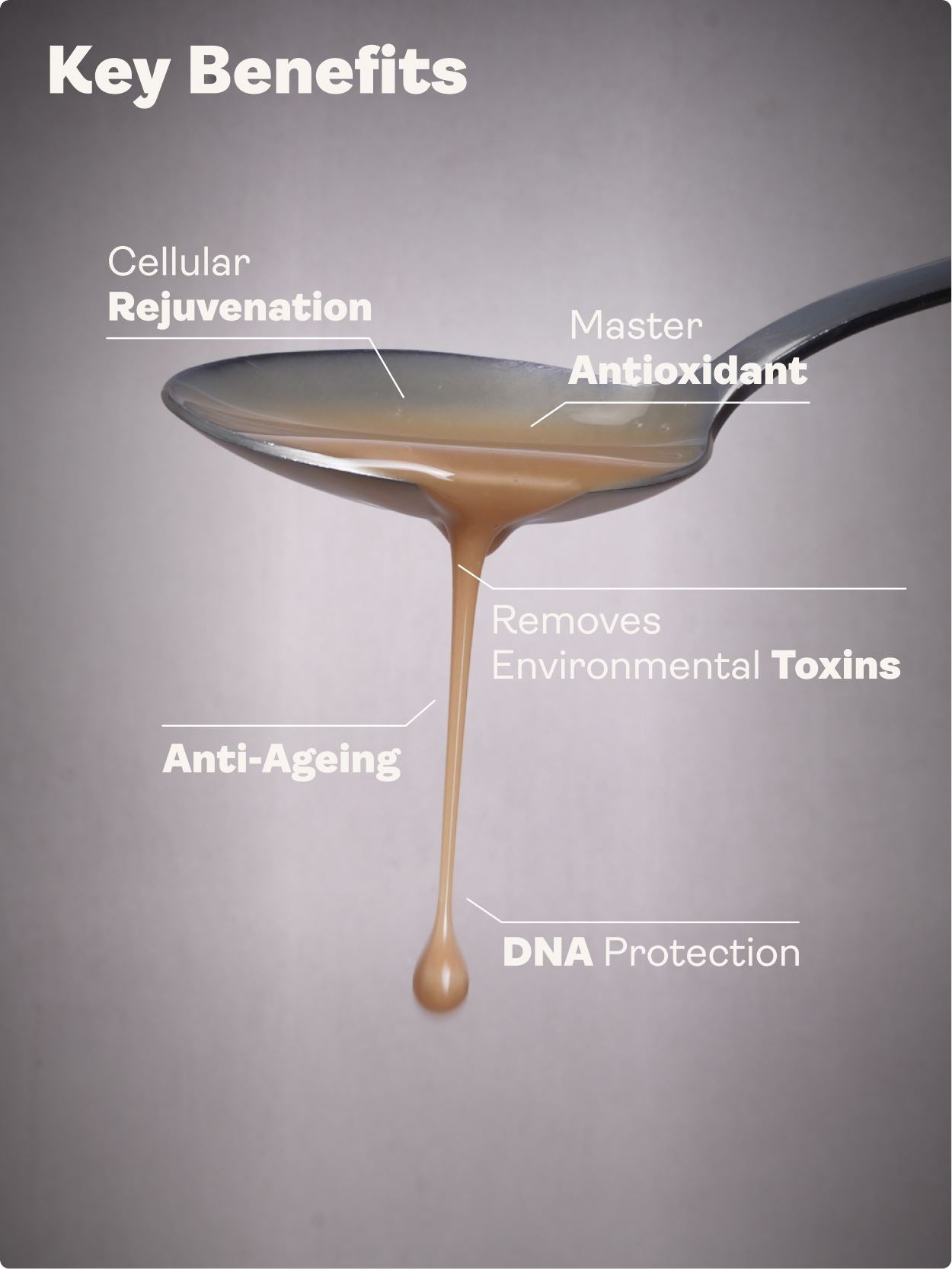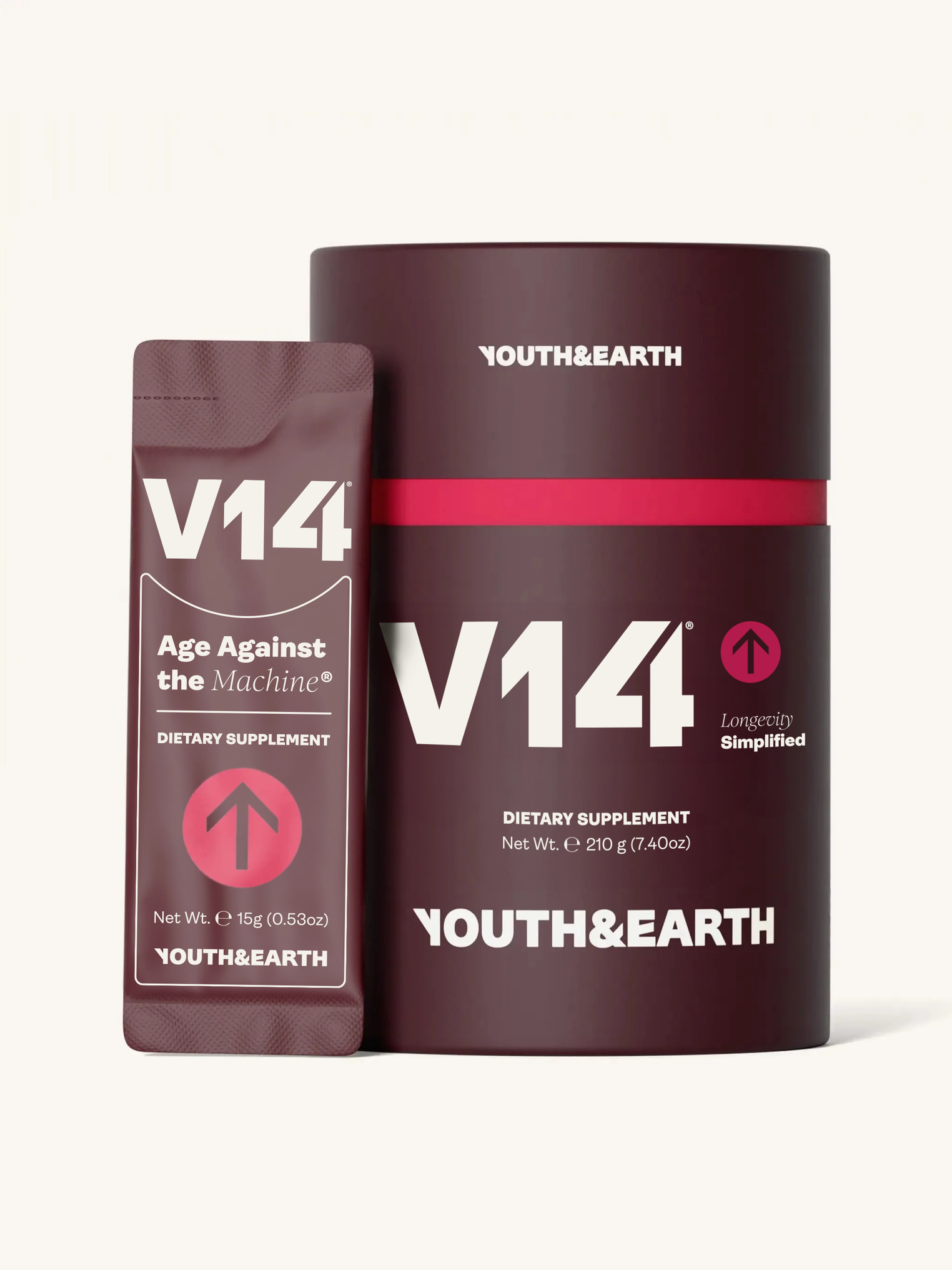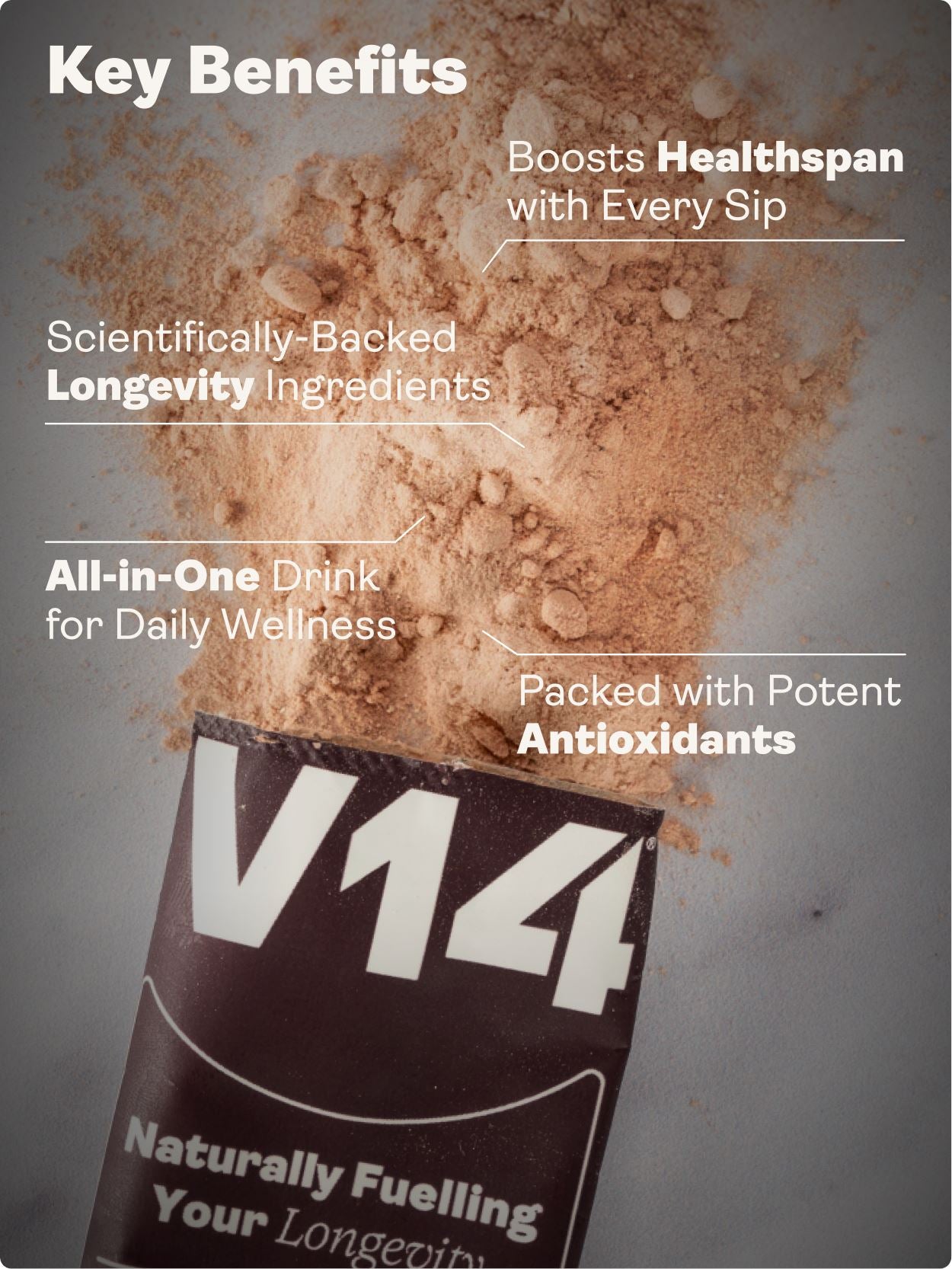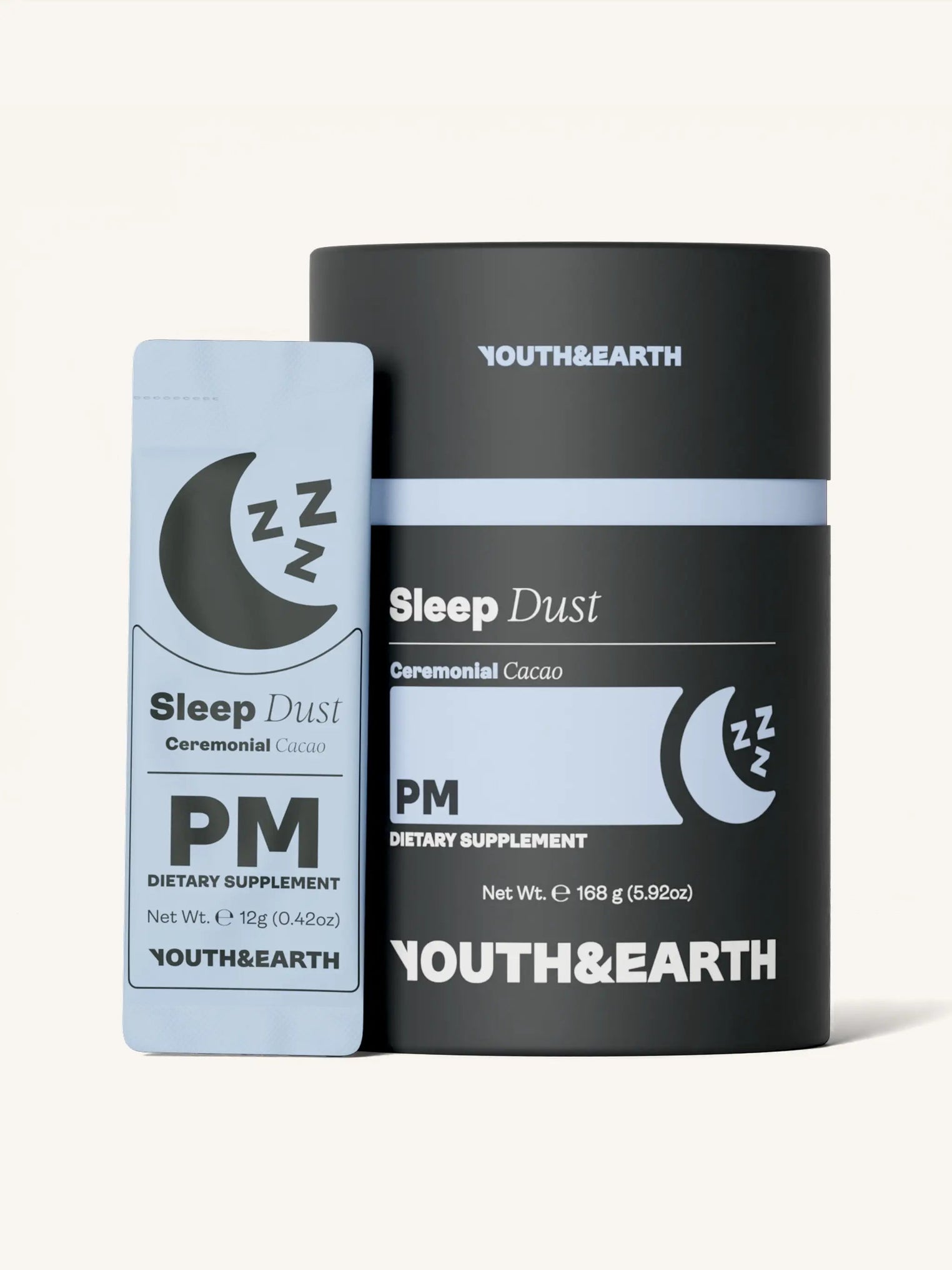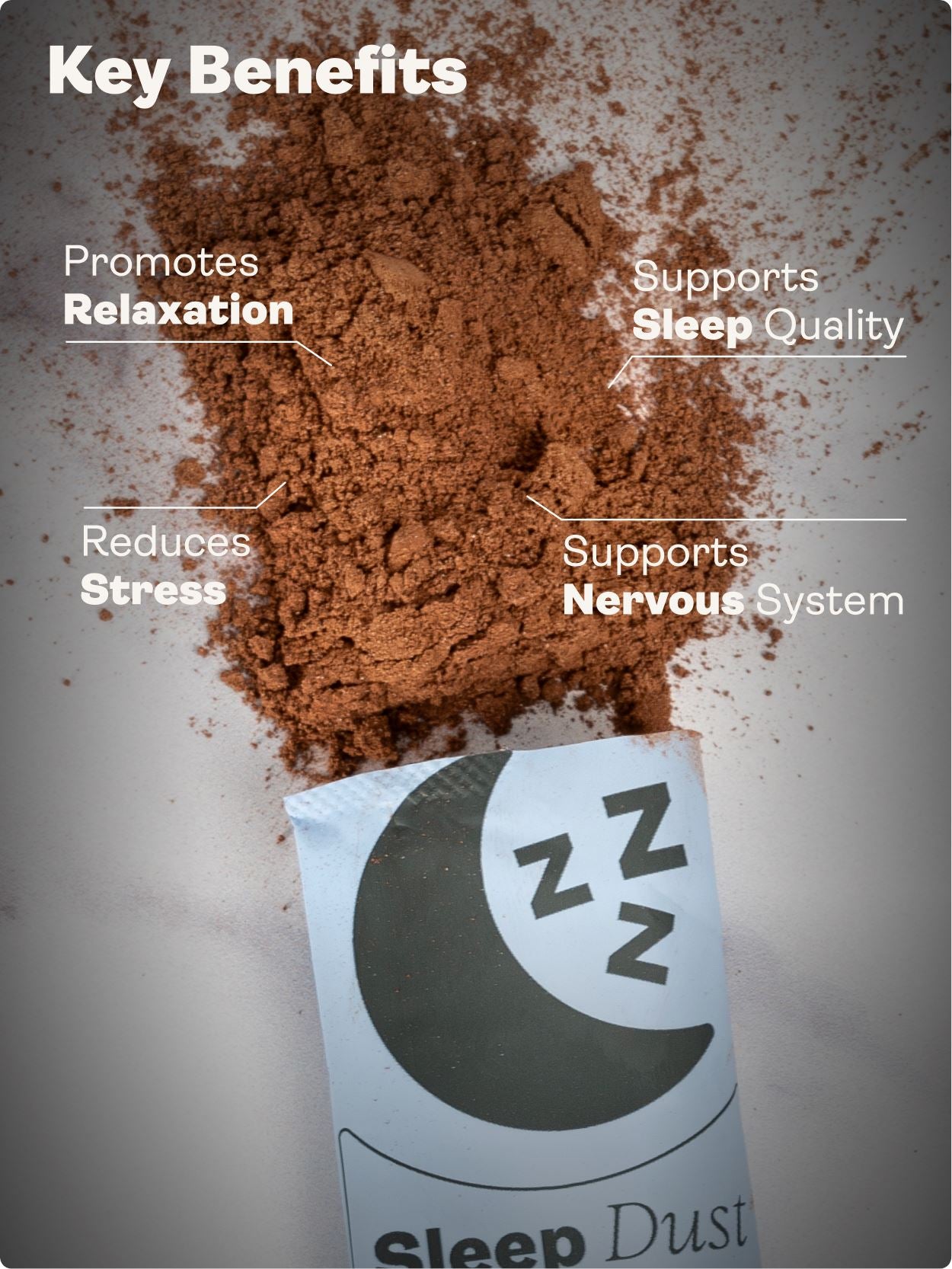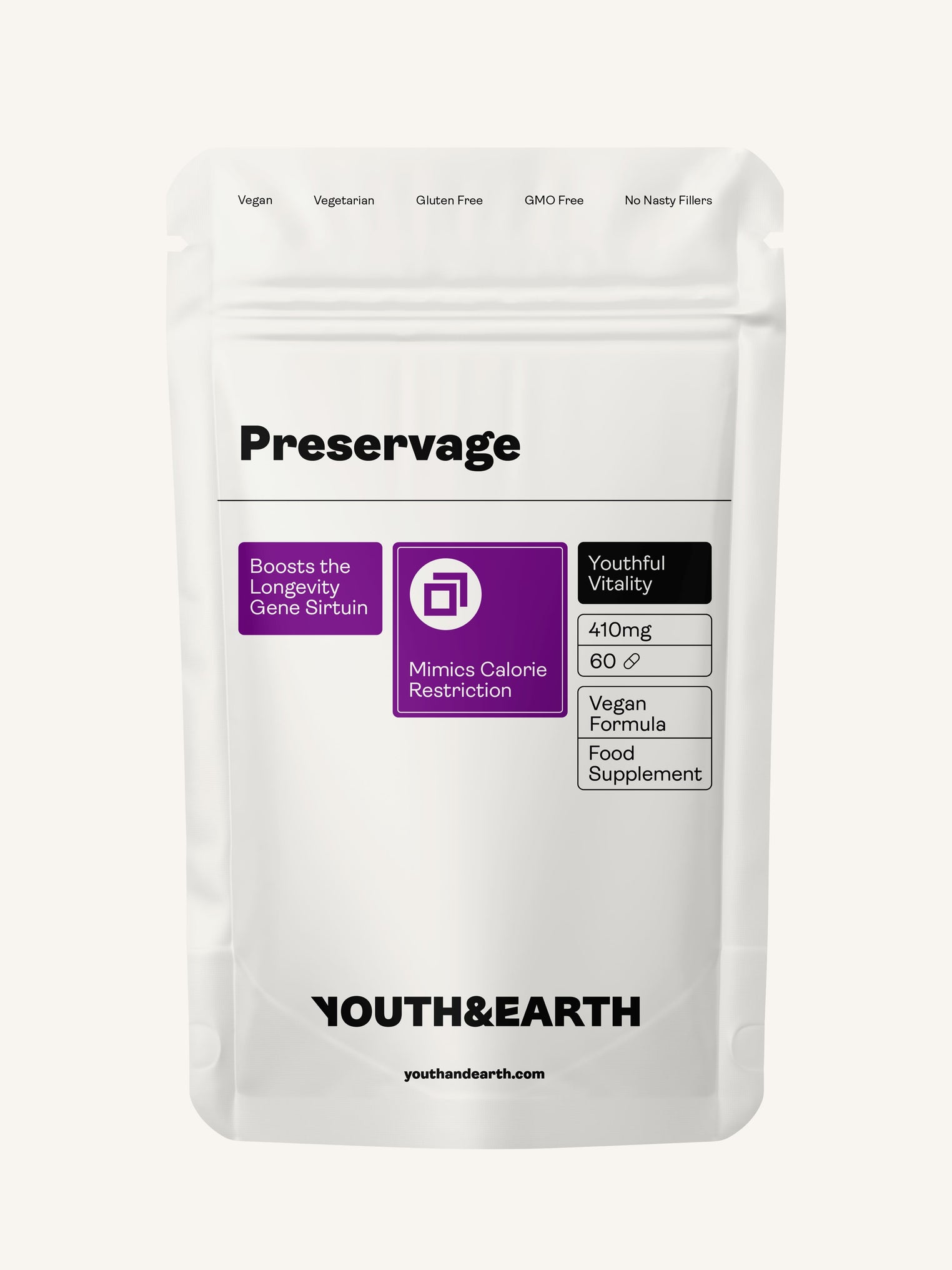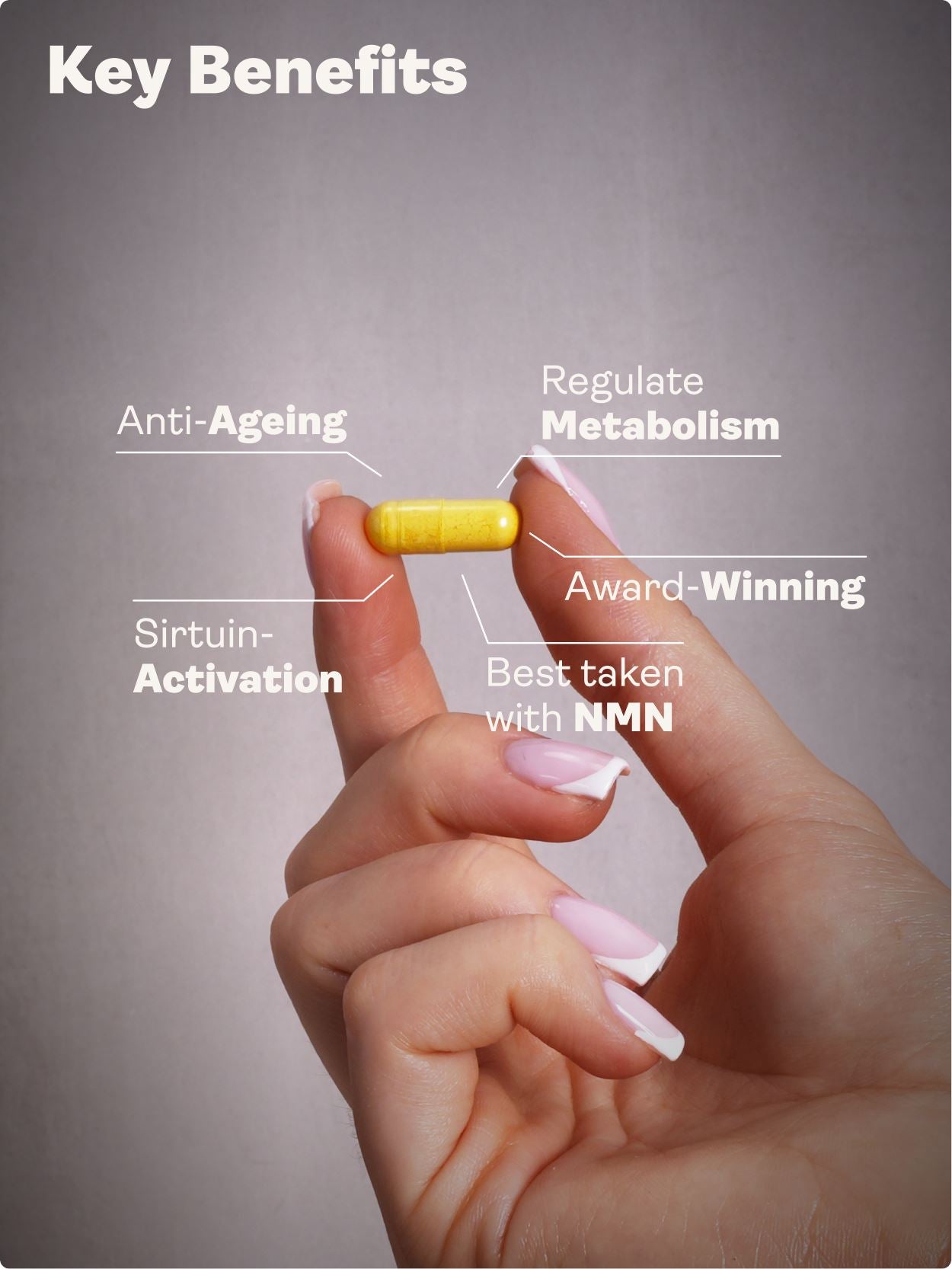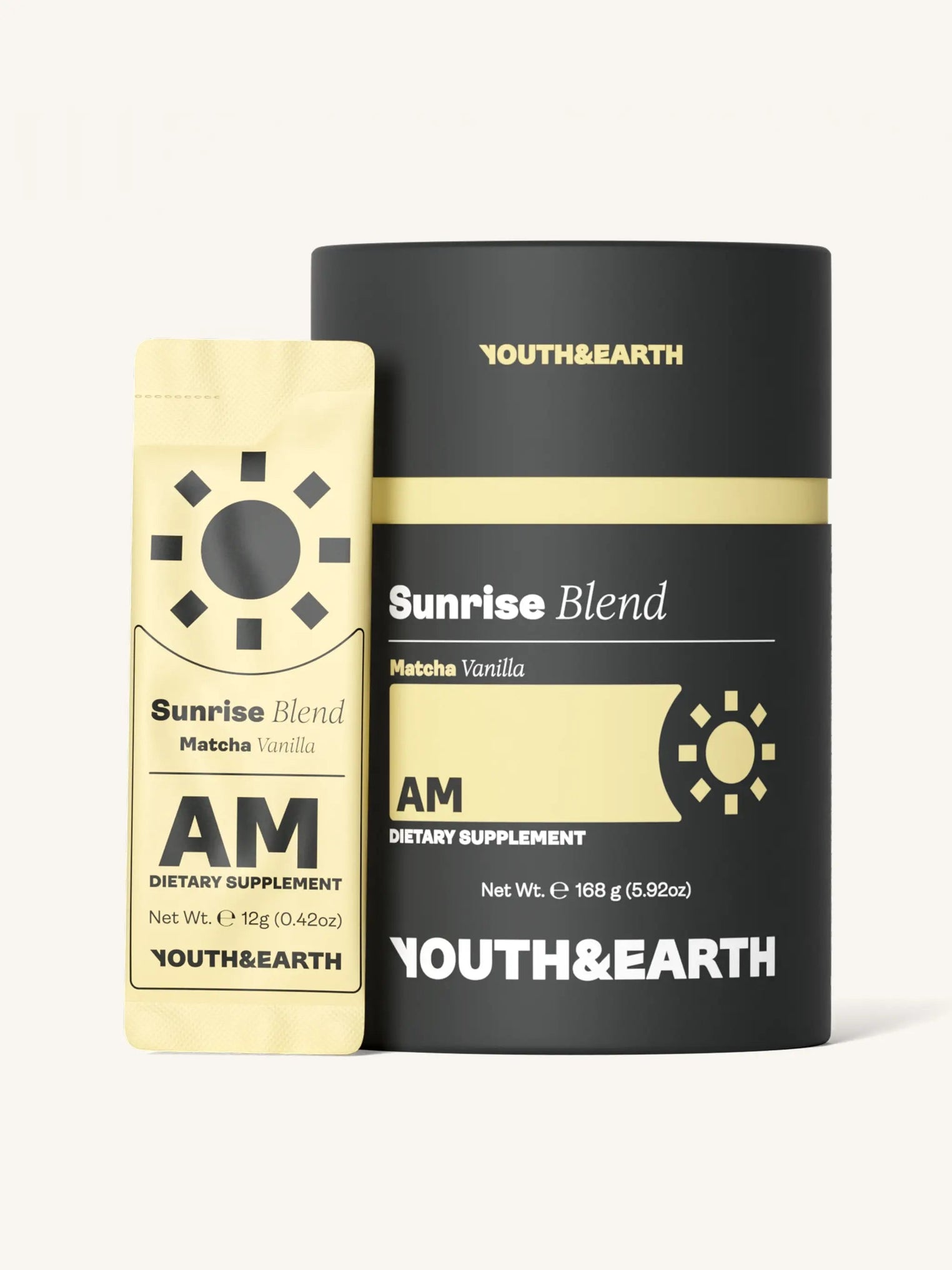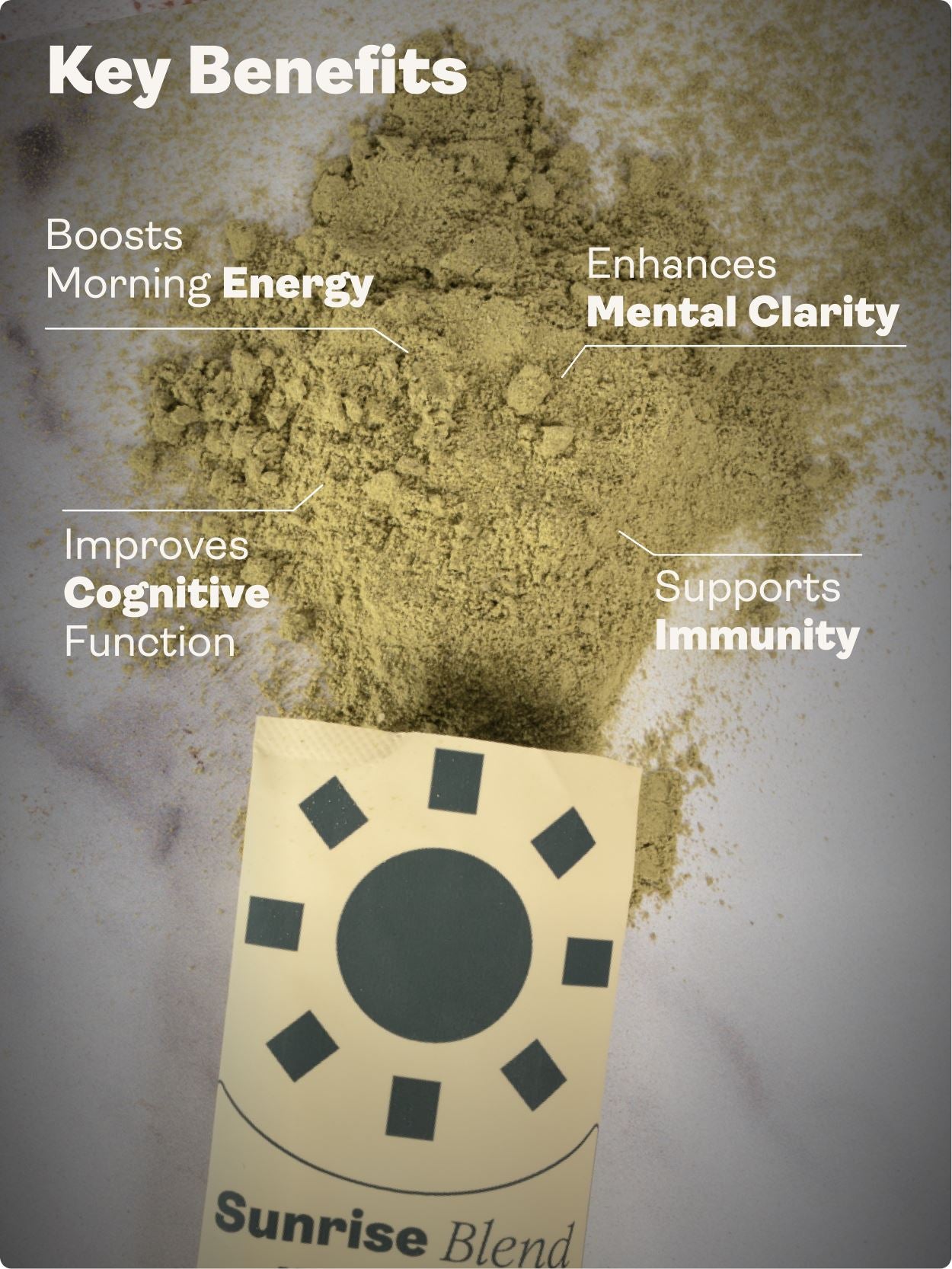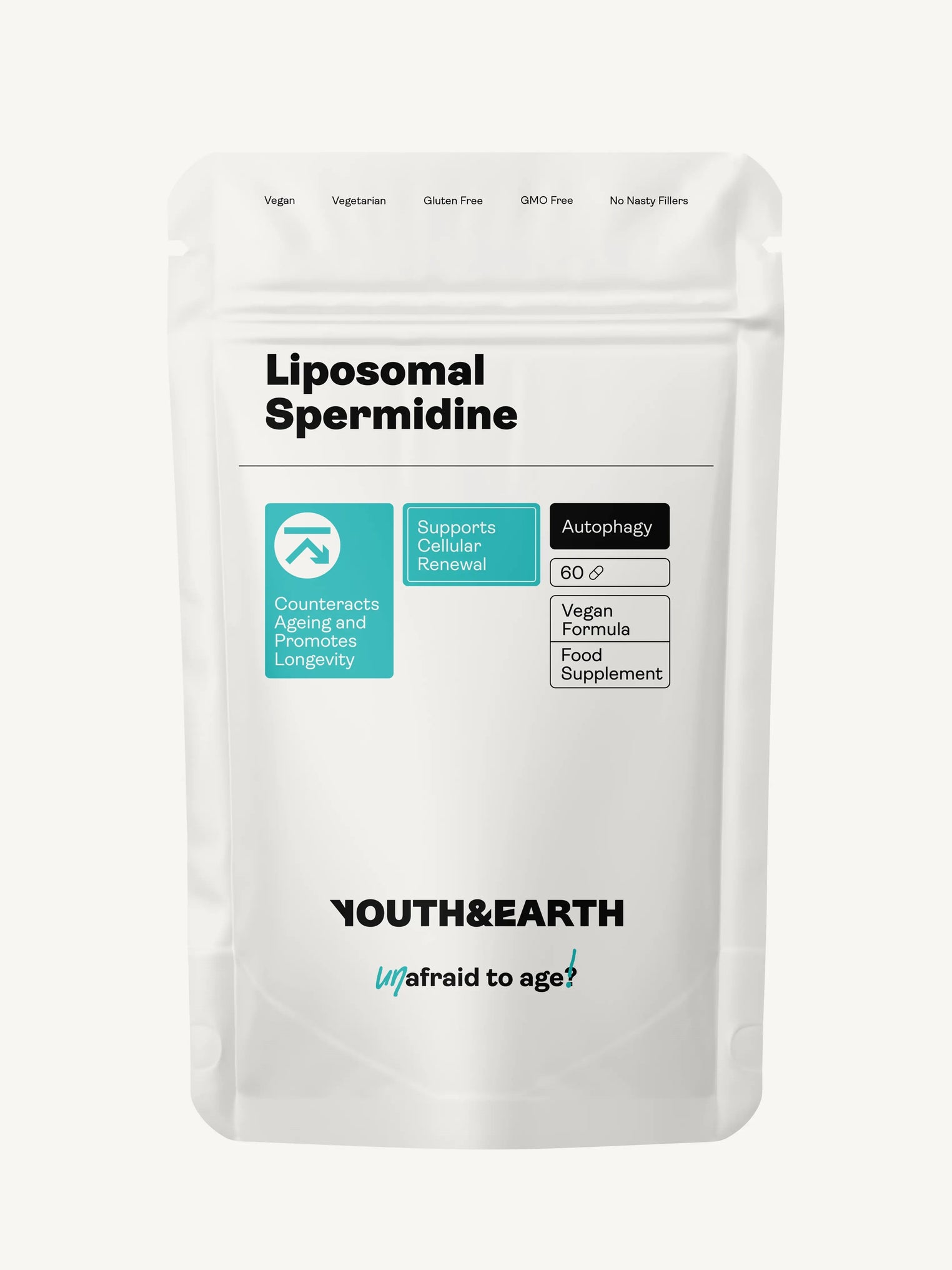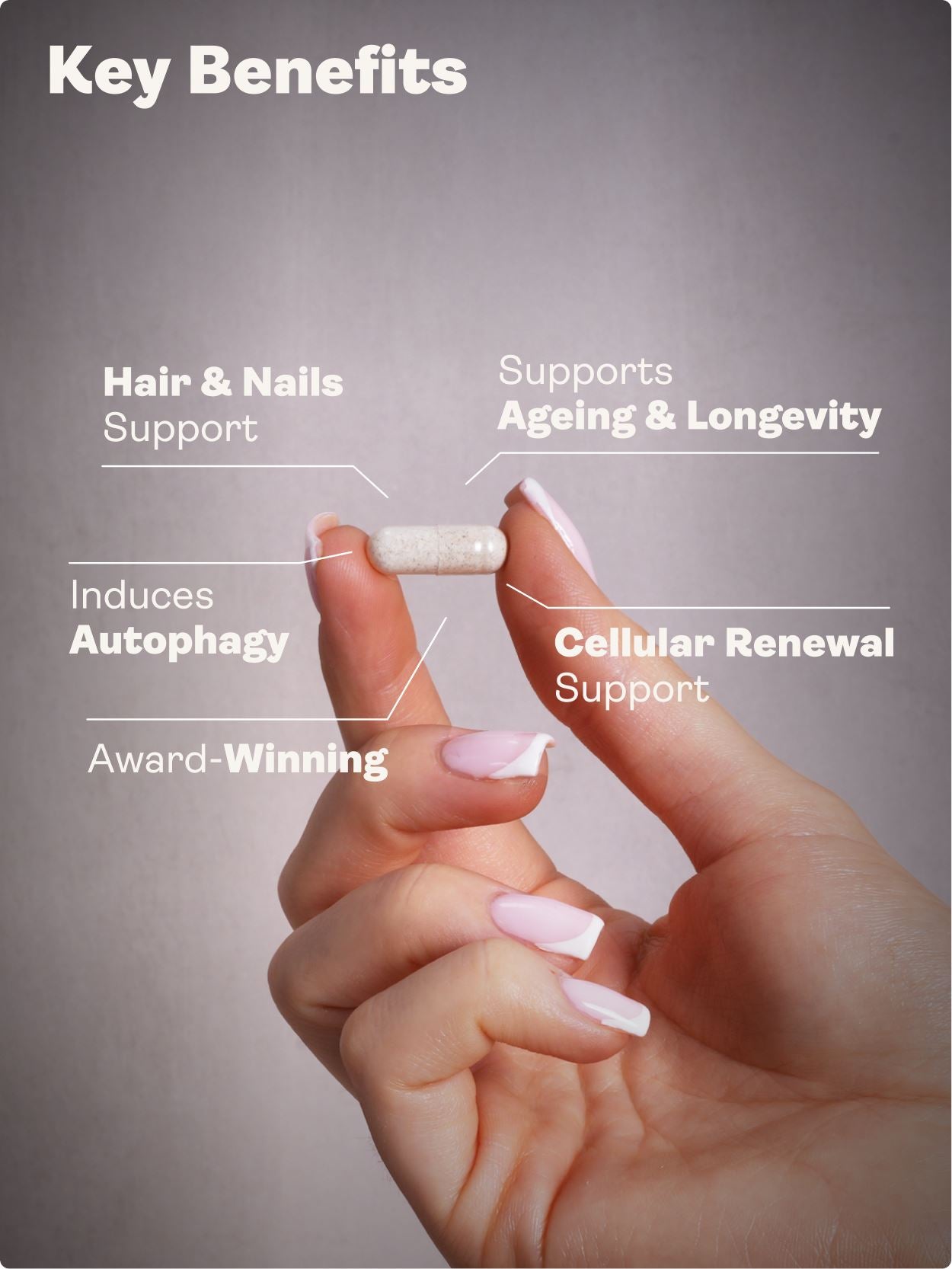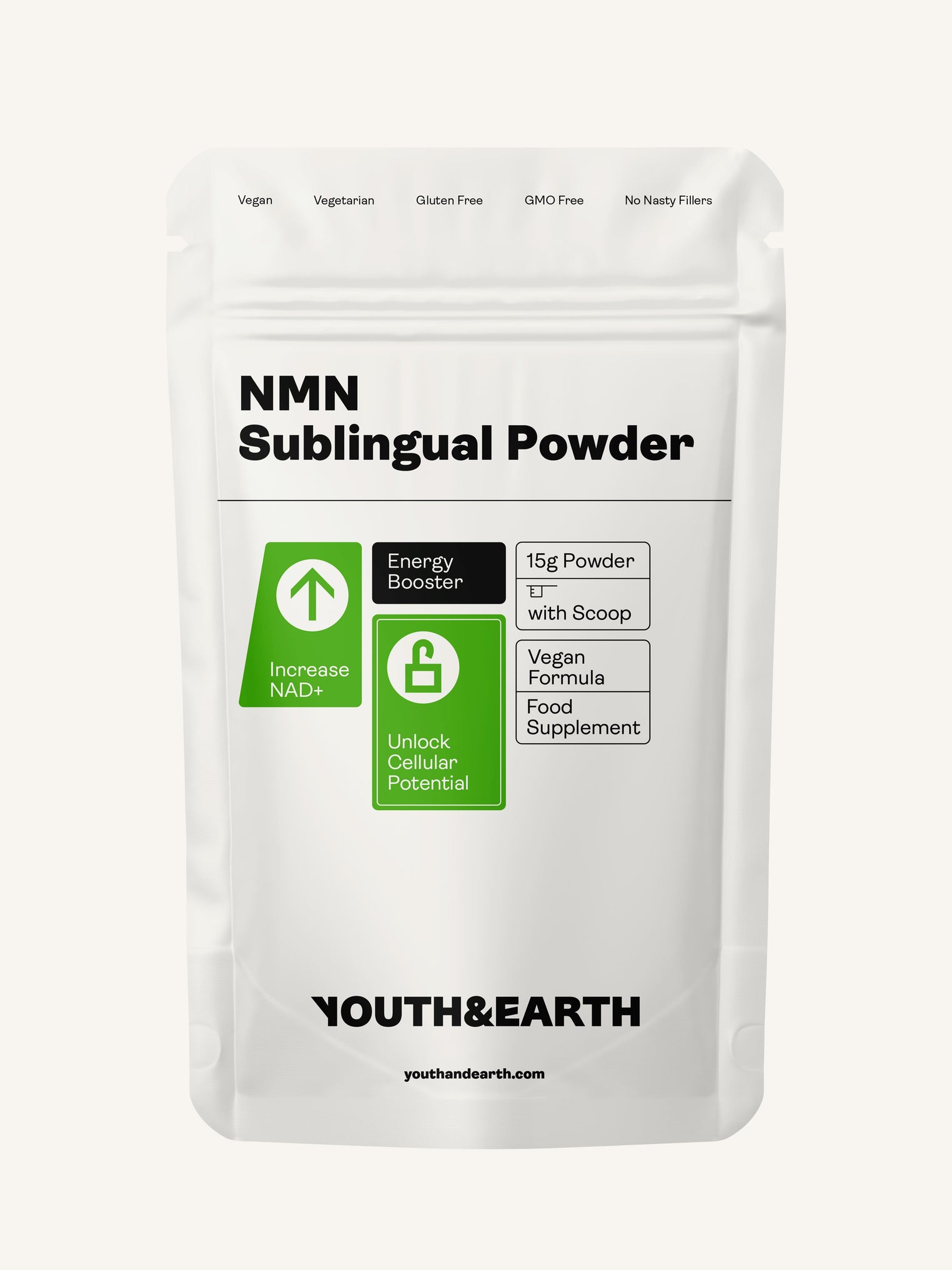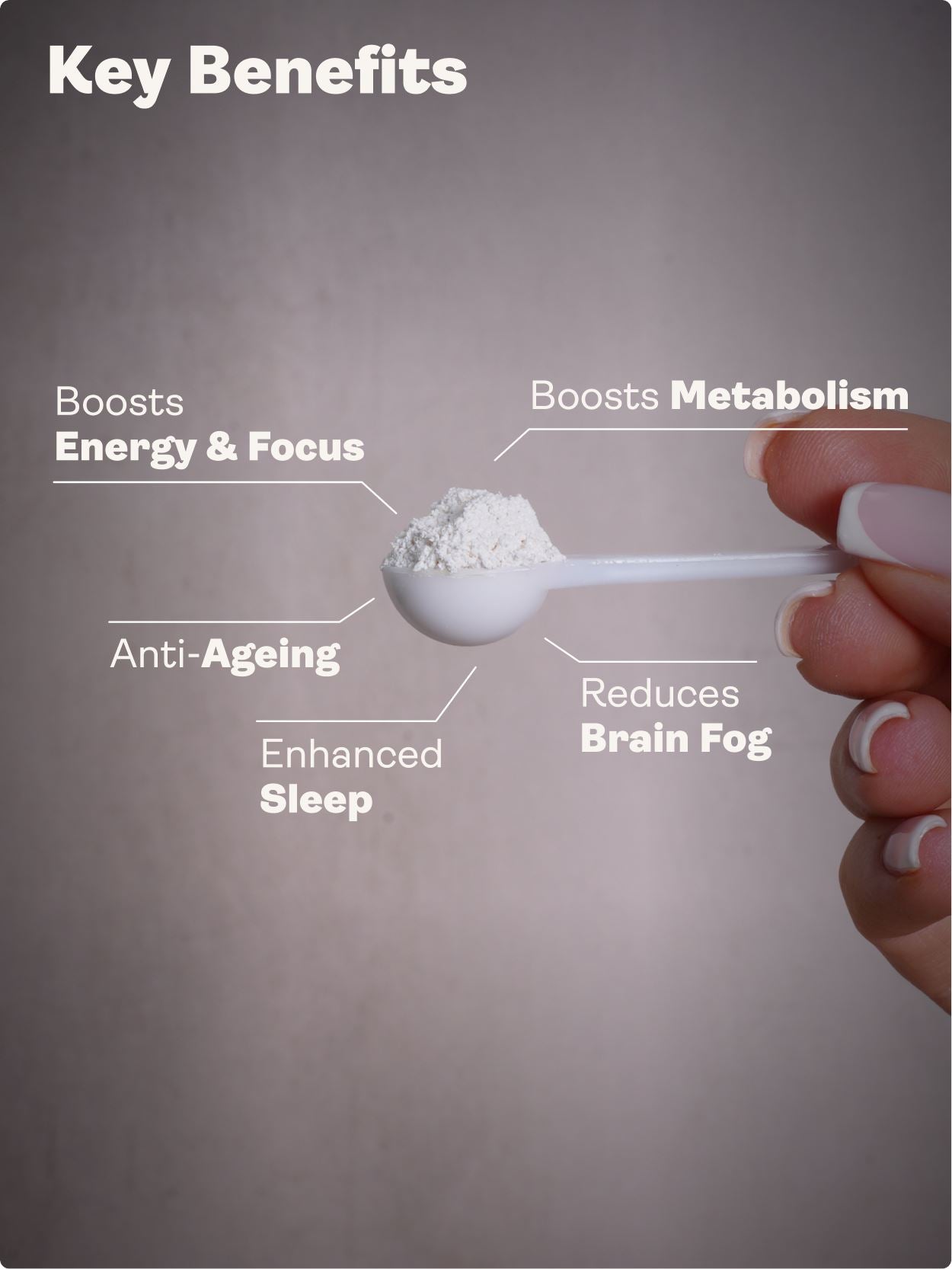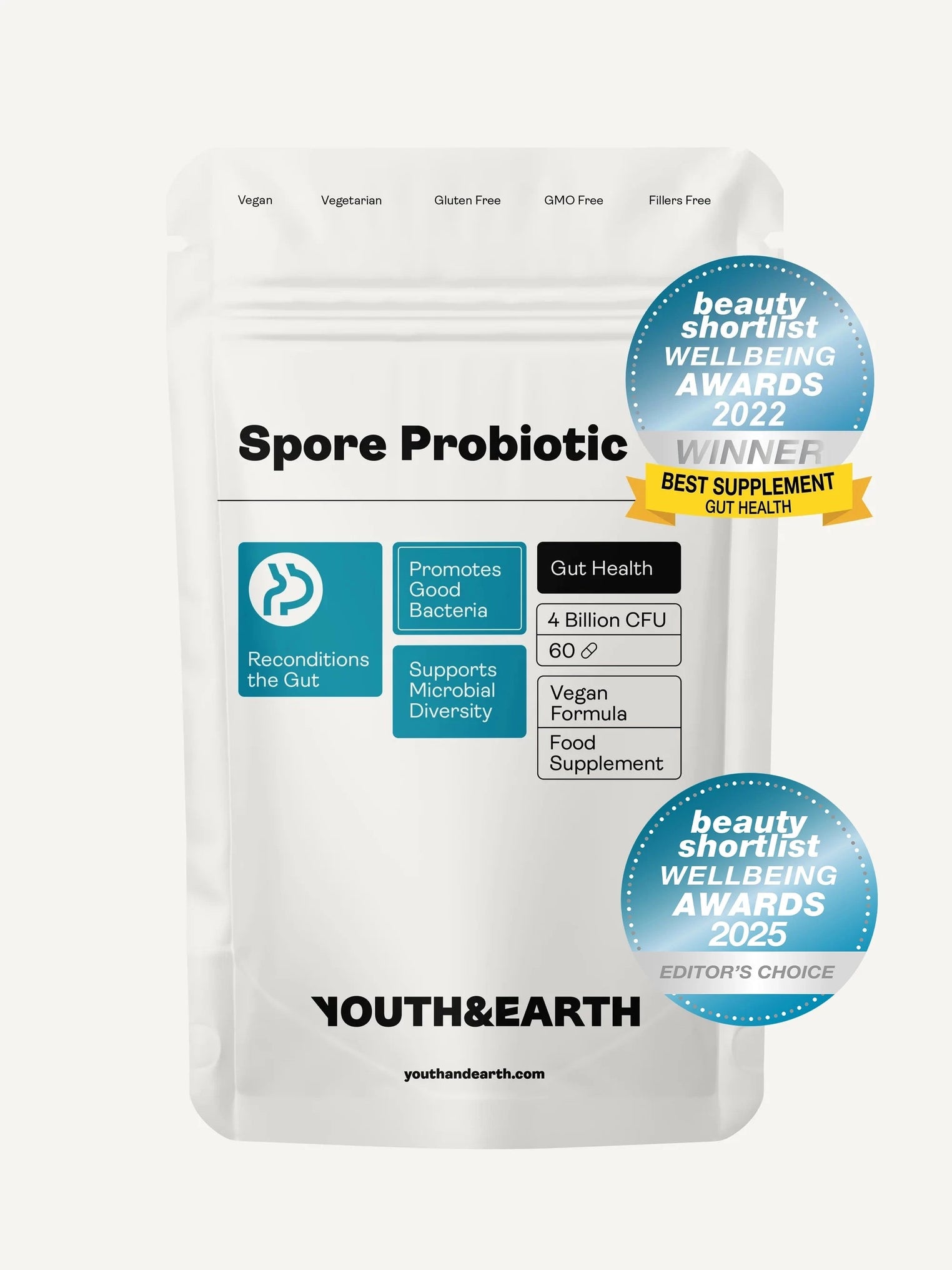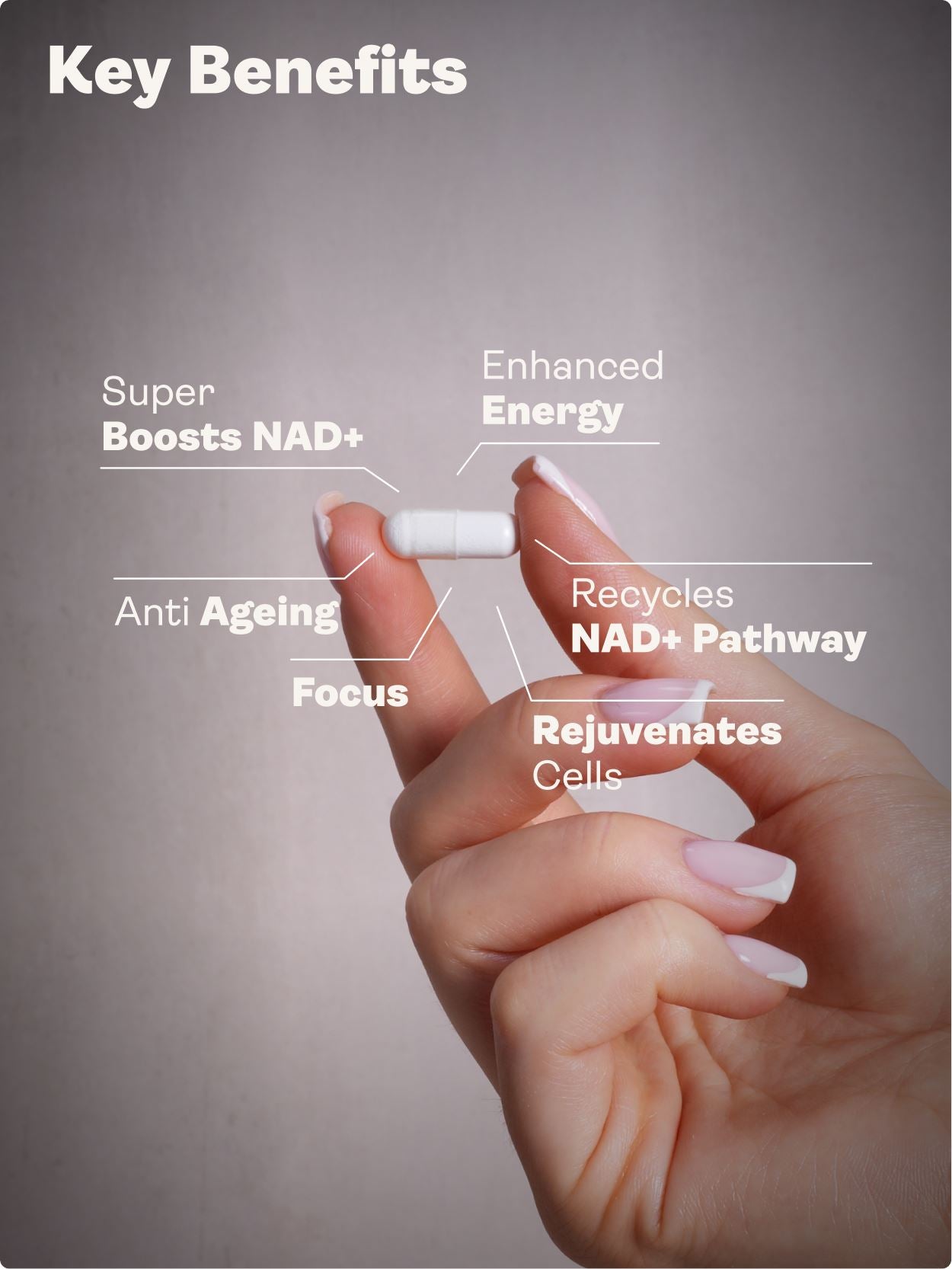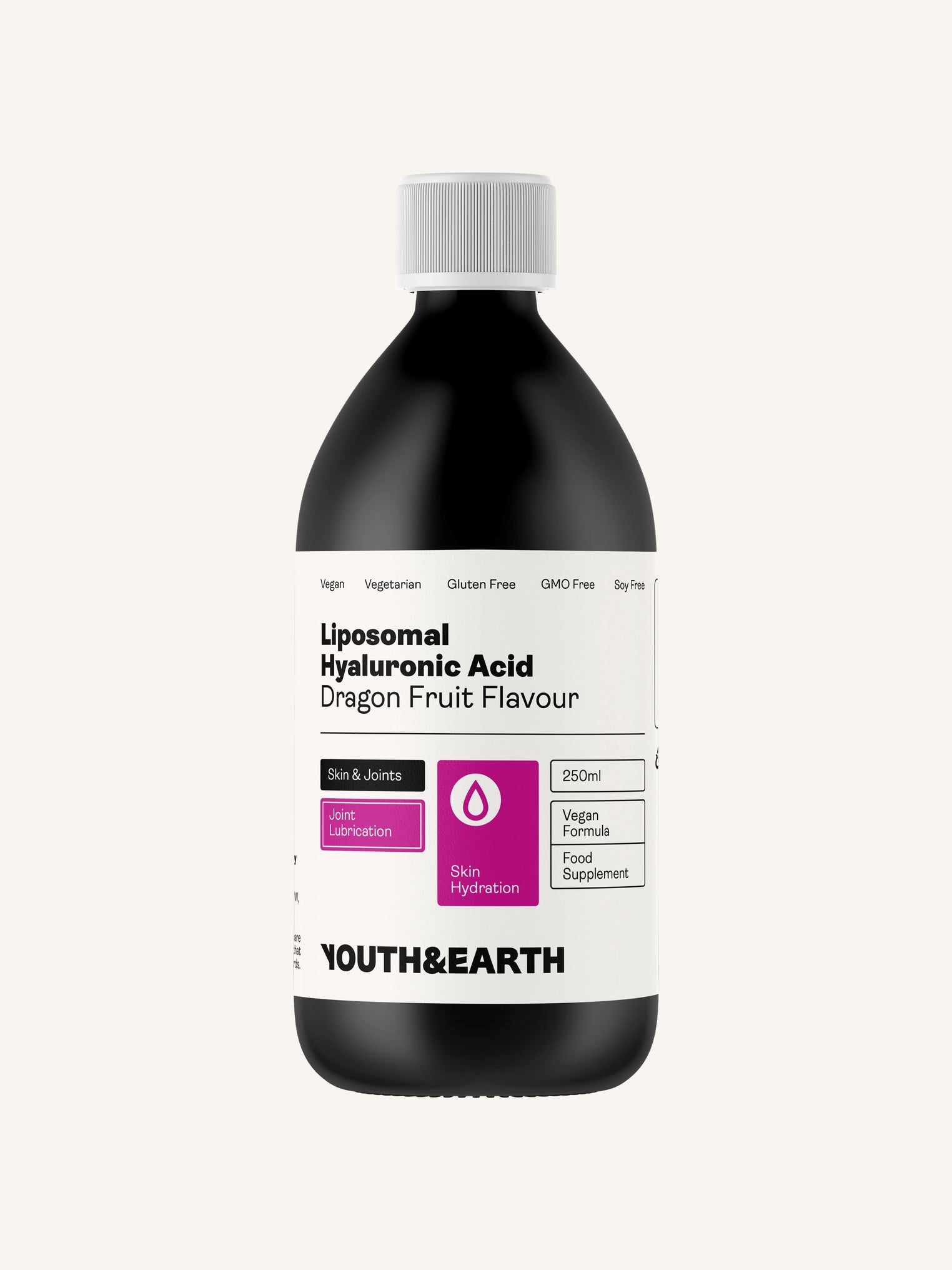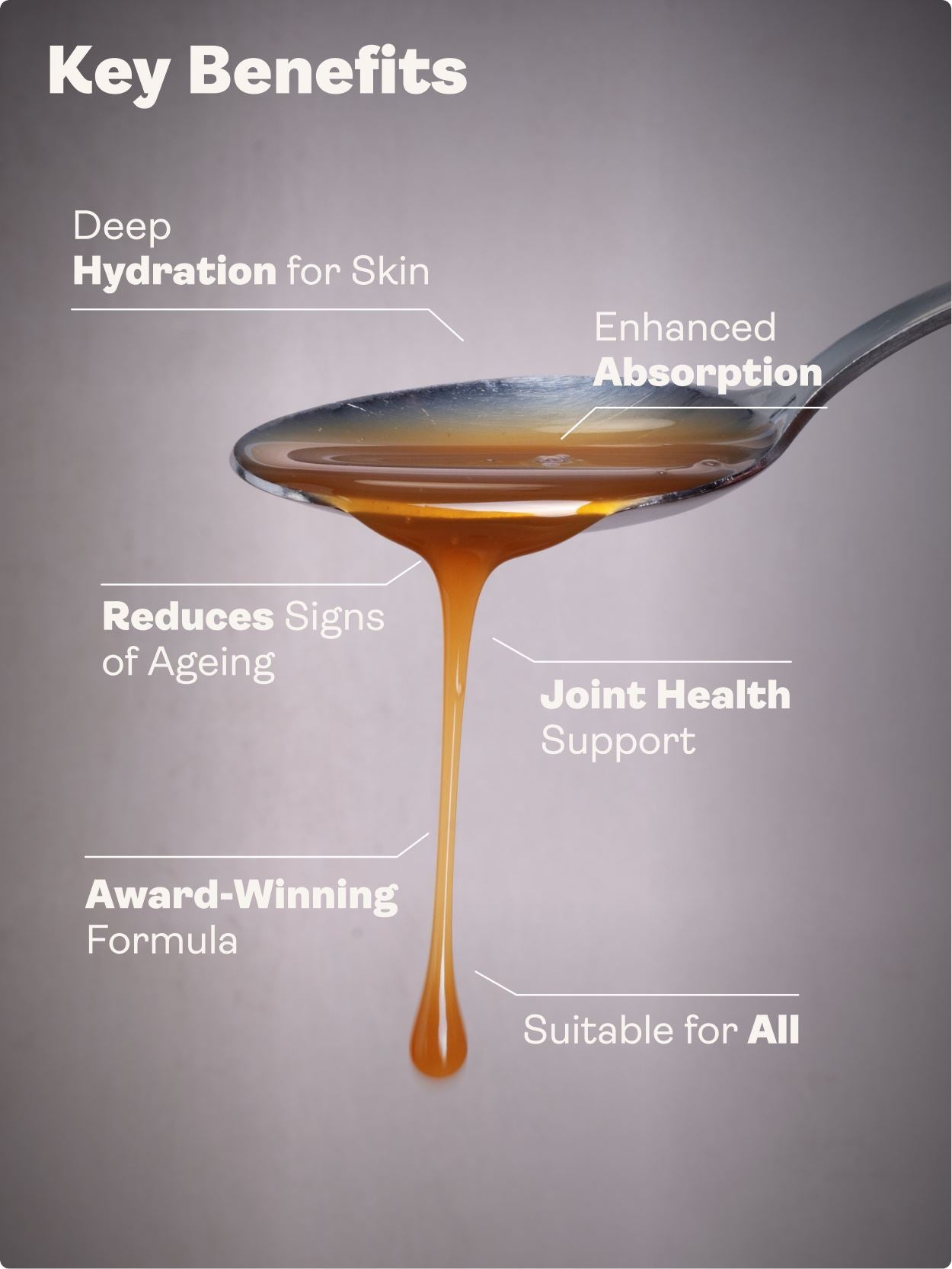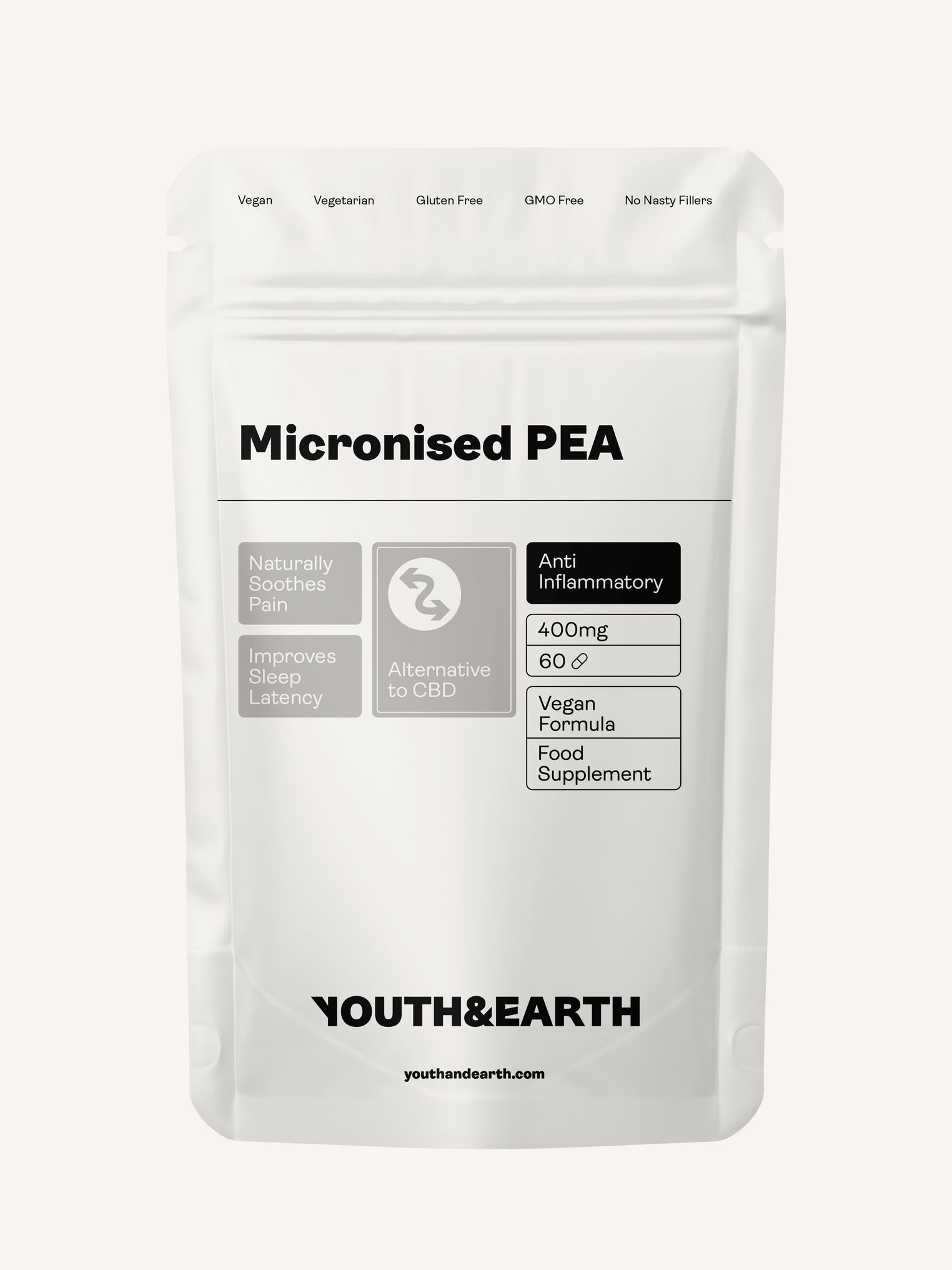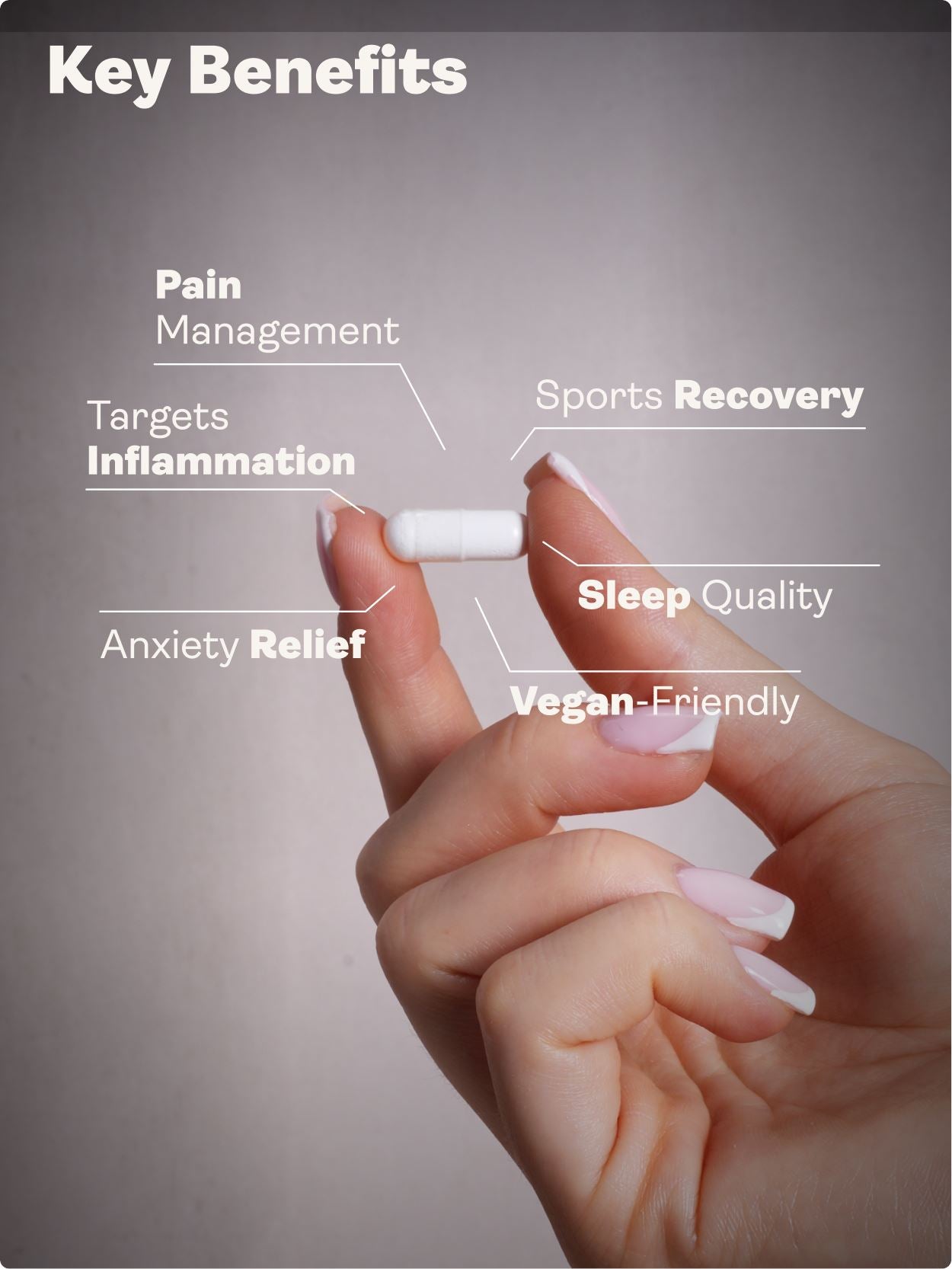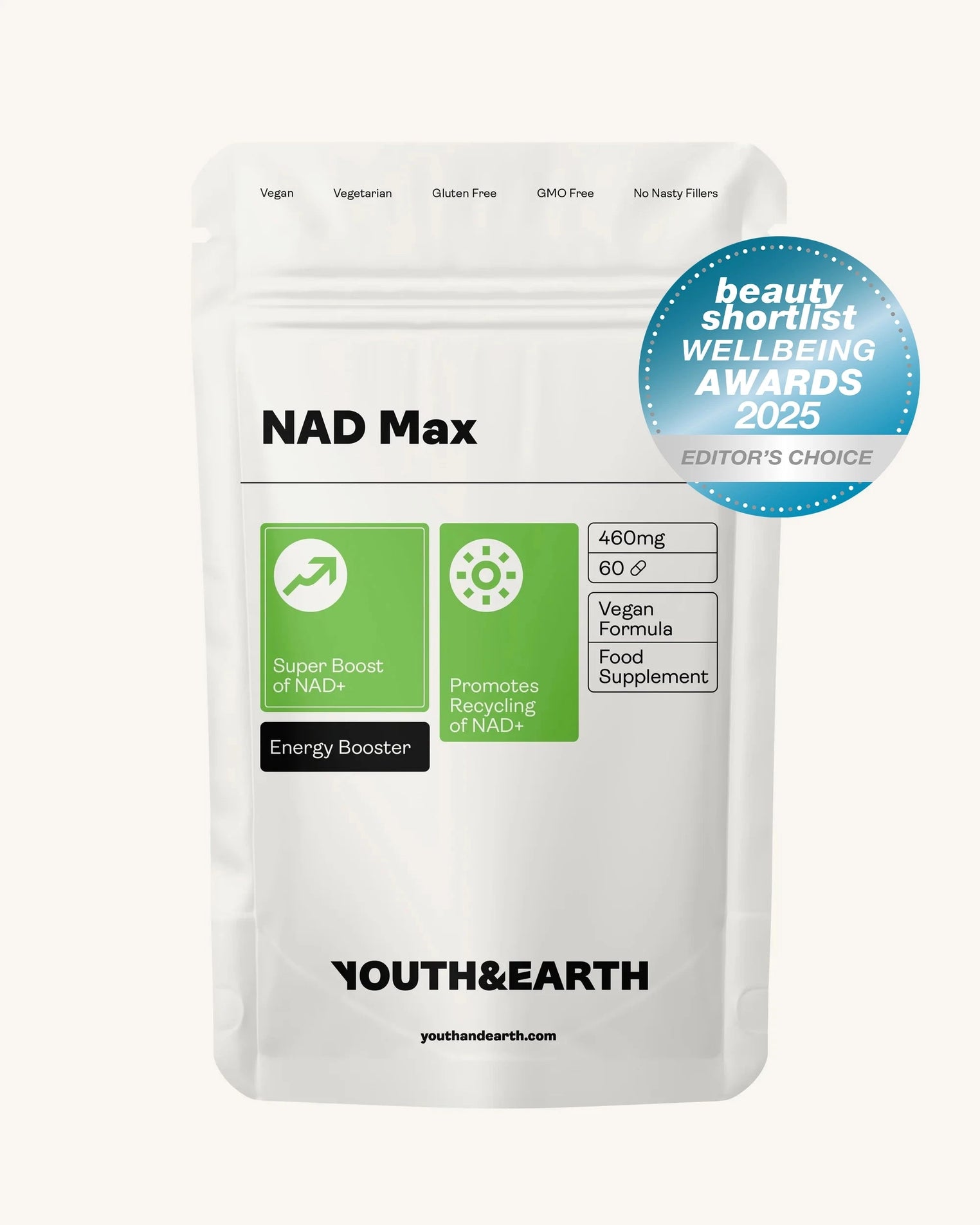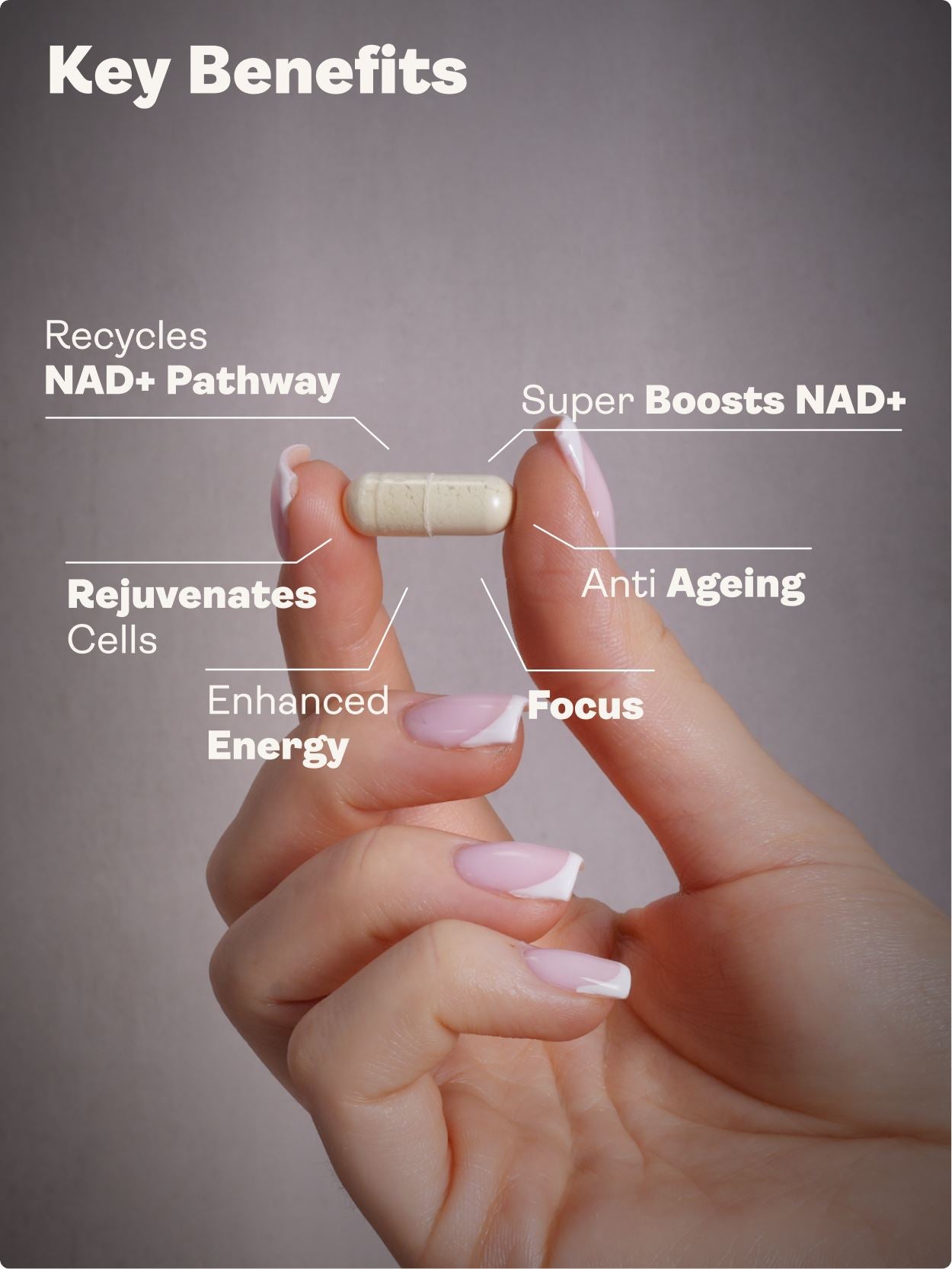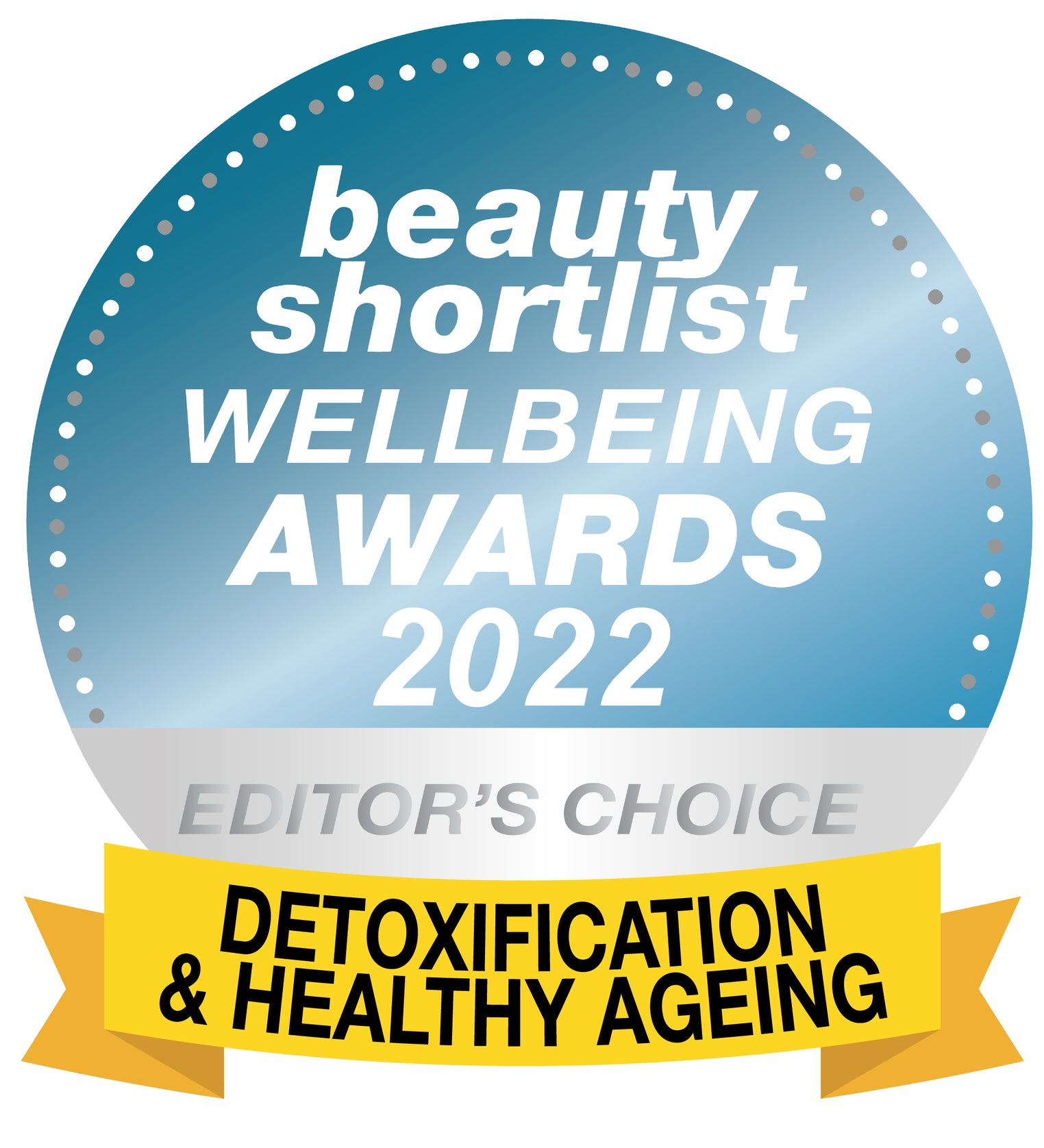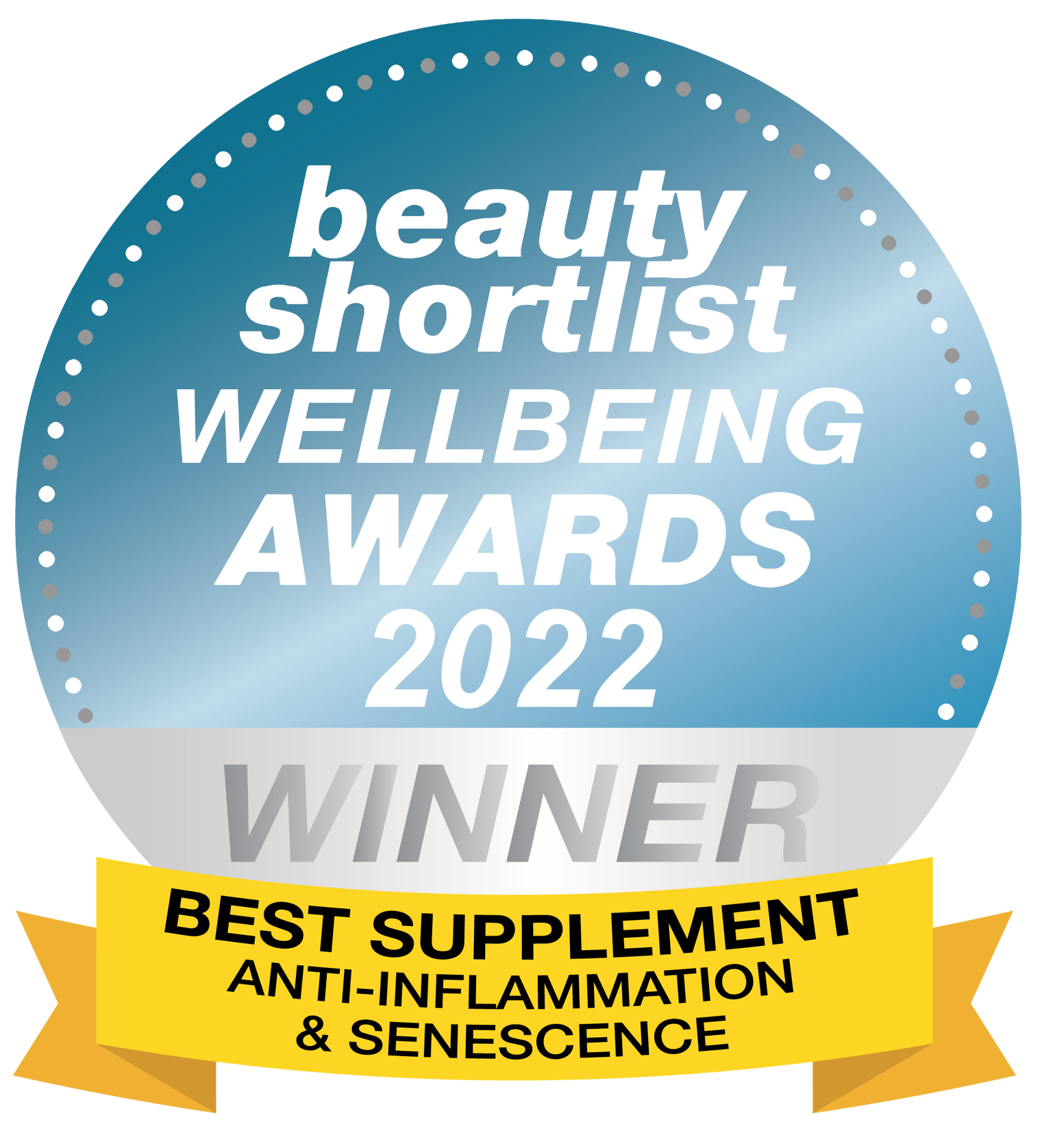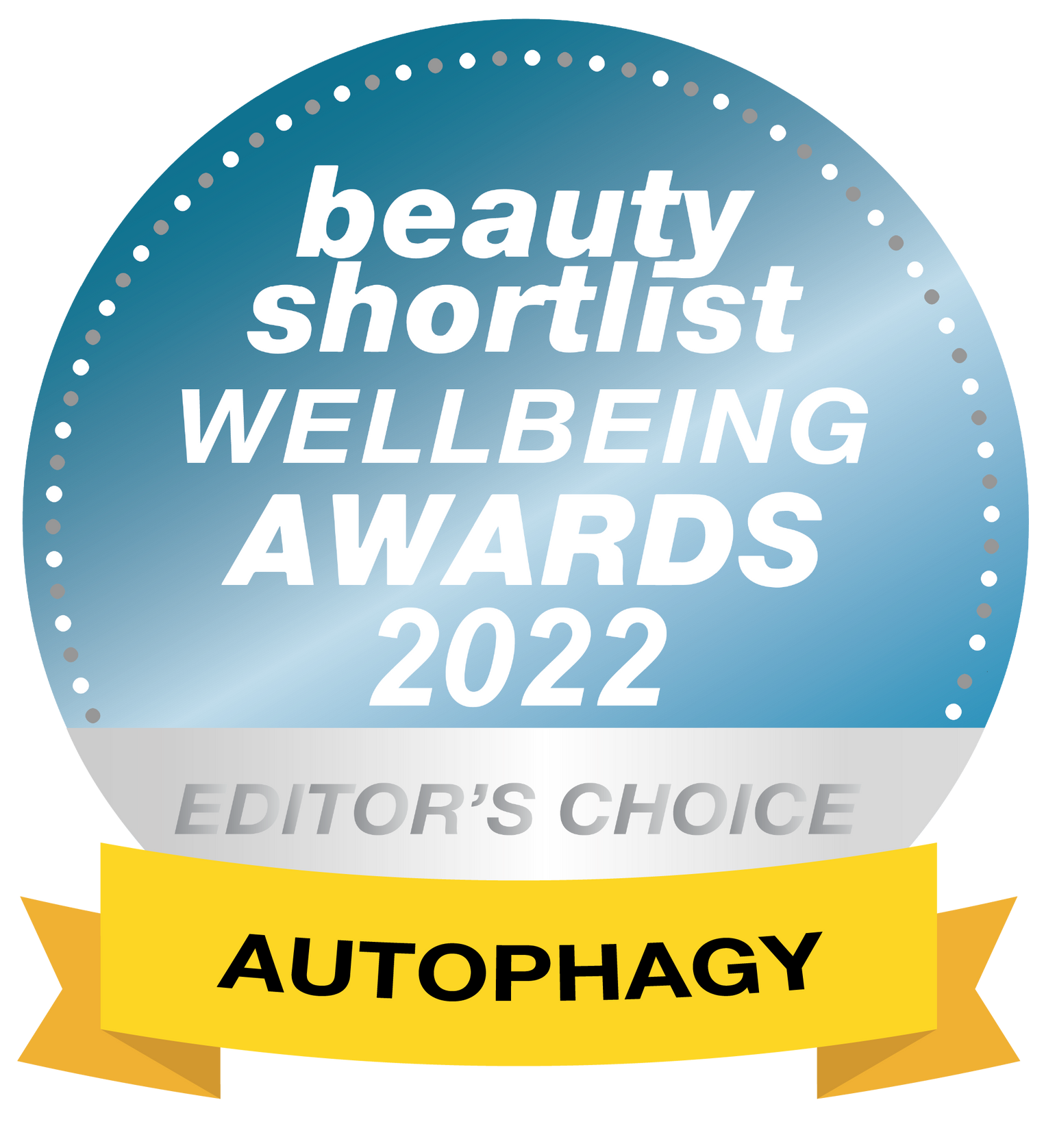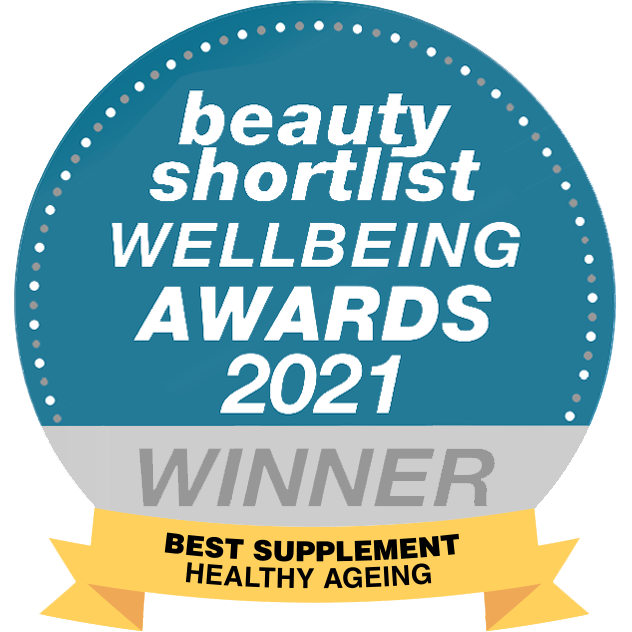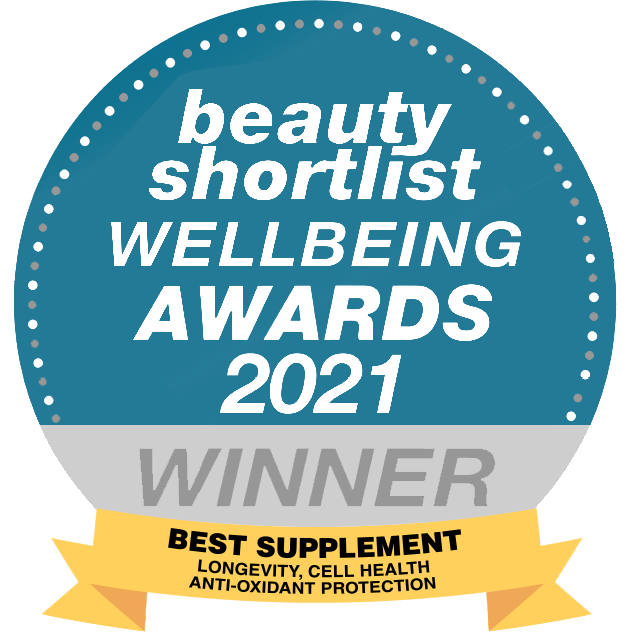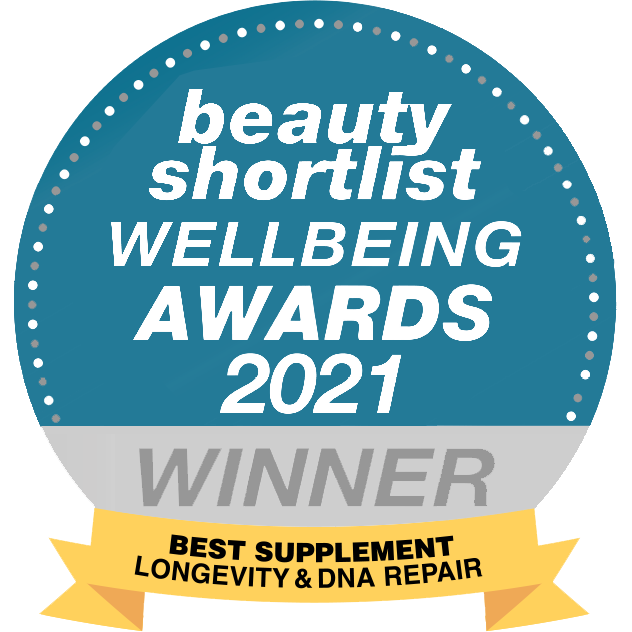TL;DR
Rapamycin inhibits mTOR (mechanistic Target of Rapamycin), a growth pathway that, when overactive, accelerates ageing processes. By moderating mTOR, Rapamycin promotes autophagy, reduces inflammation, and in animal models extends lifespan—even when started late. Interest is growing in low, intermittent dosing under medical supervision as a potential biohacking tool to support longevity and healthy ageing. It is a prescription medication, not a supplement.
Science Snapshot
- Target: Rapamycin inhibits mTOR, a central nutrient/growth sensor implicated in ageing.
- Shift: mTOR down-modulation promotes autophagy (cellular clean-up) and stress resilience.
- Evidence: Multiple mouse studies—including the NIA Interventions Testing Program—report lifespan extension, even with late-life initiation.
- Practice: In medicine, sirolimus (Rapamycin) is approved as an immunosuppressant. Longevity use remains off-label and requires clinical oversight.
- Positioning: Fits a cautious biohacking framework alongside sleep, nutrition, resistance training, and metabolic health support.
Discovery: From Rapa Nui to the Lab
In the 1970s, researchers isolated a compound from Streptomyces hygroscopicus in soil samples from Rapa Nui (Easter Island). Named Rapamycin, it first drew interest for antifungal activity, then for immune modulation, and decades later for its potential impact on ageing biology.
How Rapamycin Works (mTOR & Autophagy)
mTOR integrates nutrient and growth signals. Persistent high mTOR activity pushes cells toward growth: protein synthesis, proliferation, and higher energy demand. Over time, this can correlate with cellular stress, inflammation, and reduced autophagy. Rapamycin inhibits mTOR, nudging the balance toward repair and maintenance, increasing autophagy and potentially delaying age-related decline.
From Immunosuppressant to Longevity Research
Approved in 1999 as sirolimus for preventing transplant rejection, Rapamycin remains widely used clinically for immunosuppression. Preclinical findings on ageing later reframed interest: beyond treating disease, could targeted mTOR inhibition modulate the rate at which damage accumulates?
Key Evidence on Healthspan & Lifespan
| Study/Program | Design Highlight | Main Finding |
|---|---|---|
| Nature (2009) | Middle-aged mice given Rapamycin | Lifespan extension (~9% females, ~14% males) |
| NIA Interventions Testing Program | Independent, multi-site mouse studies | Consistent lifespan extension across strains; late-life starts still beneficial |
| Human immunology studies | Low-dose mTOR inhibitors in older adults | Improved vaccine responses and immune markers in some trials |
Note: Human longevity outcomes are still under investigation. Discuss emerging evidence with a knowledgeable clinician.
Potential Benefits Under Study
- Immune modulation: Low doses may improve certain vaccine responses in older adults.
- Skin/hair: Anecdotes and early signals include smoother skin, fewer wrinkles, and hair changes.
- Cognitive health: Animal models point to delayed cognitive decline via lower neuroinflammation.
Risks, Side Effects & Suitability
| Aspect | Details | Practical Considerations |
|---|---|---|
| Common effects | Mouth ulcers; lipid elevations (cholesterol, triglycerides) | Monitor oral health and fasting lipids; adjust dose/intervals with clinician |
| Immune suppression | More likely with higher or continuous dosing | Favour intermittent, clinician-guided approaches; pause around procedures if advised |
| Drug interactions | As a prescription drug, interactions are possible | Comprehensive medication review is essential |
| Uncertainties | Definitive human lifespan data lacking | Use shared decision-making; track outcomes and labs regularly |
Quick Comparison: Growth vs. Repair States
| Cellular State | mTOR Activity | Predominant Processes | Longevity Angle |
|---|---|---|---|
| Growth Mode | High | Protein synthesis, proliferation, higher nutrient demand | Useful for development and hypertrophy; chronic excess may accelerate ageing |
| Repair/Maintenance Mode | Moderated | Autophagy, stress resilience, damage clearance | Supports healthy ageing and metabolic efficiency |
Access & Oversight
Rapamycin (sirolimus) is a prescription medicine. For non-transplant, longevity-focused use, medical supervision is essential. If you would like updates about vetted access pathways, you can opt in for notifications. We screen suppliers for quality and safety.
Conclusion & Checklist
Rapamycin remains one of the most compelling candidates in longevity research. By moderating mTOR and enhancing autophagy, it aligns with biohacking strategies that prioritise repair, resilience, and healthy ageing. The promise is significant—so is the need for careful, clinician-guided use.
- Clarify goals (healthspan, biomarkers, specific conditions) before considering therapy.
- Discuss risks, dosing cadence, and lab monitoring with a qualified clinician.
- Pair with foundations: nutrition, resistance training, sleep, circadian health.
- Track lipids, oral health, immune status; adjust plans based on data.
- Stay current on evidence; re-evaluate the cost–benefit over time.
FAQ
Is Rapamycin the same as sirolimus?
Yes. Sirolimus is the generic drug name; Rapamycin is the original compound name.
Can Rapamycin extend human lifespan?
Animal studies are strong; definitive human lifespan data are not yet available. Some human studies show promising immune and metabolic signals.
What dosing strategy is used for longevity?
Approaches vary. Many clinicians explore low, intermittent schedules with regular lab monitoring. Only use under medical supervision.
Does Rapamycin replace healthy habits?
No. It is an adjunct. Diet quality, exercise, sleep, and stress management remain foundational.
Glossary
mTOR (mechanistic Target of Rapamycin): A nutrient/growth sensor that regulates metabolism, growth, and autophagy.
Autophagy: Cellular recycling process that removes damaged components to maintain function.
Healthspan: Years lived in good health, free from major chronic disease.
Sirolimus: The prescription form/name of Rapamycin used clinically.
Medical Disclaimer
The content in this article is for informational purposes only and is not a substitute for professional medical advice, diagnosis, or treatment. Always seek the advice of your physician or qualified health provider before starting any new health regimen or prescription therapy. Do not ignore medical advice or delay seeking it because of something you have read on this site or any Youth & Earth product page.






